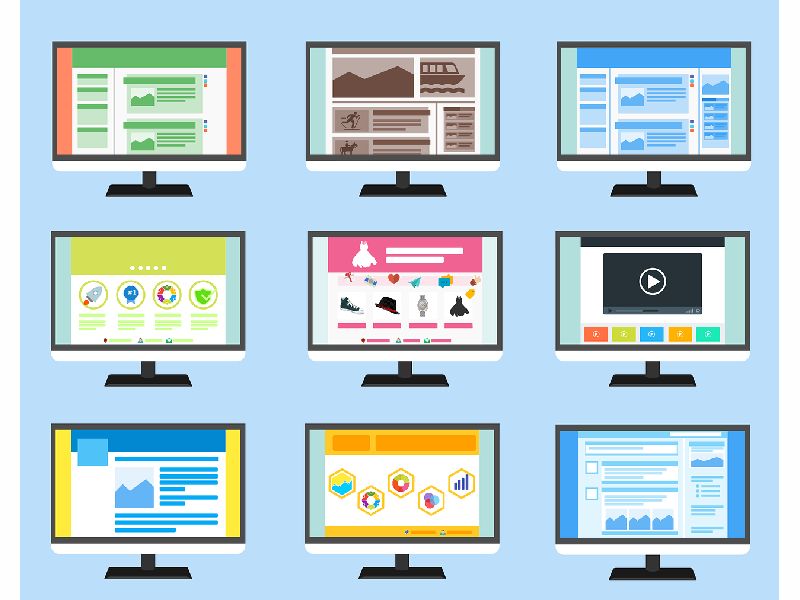In the ever-evolving landscape of mobile apps, the way developers and companies monetize their products has undergone significant transformation. From the early days of simple, straightforward revenue models to the sophisticated subscription-based strategies of today, the journey of app monetization is a tale of innovation, adaptation, and keen market insight. This article takes a deep dive into the classic revenue models that paved the way for modern strategies, focusing on their evolution, prominent examples, and the intriguing stories behind their success.
Part 1: Classic Revenue Models in Mobile Apps
Paid Downloads: The Initial Standard
The early app market was dominated by the paid download model. Apps were sold for a one-time fee, granting users complete access to the app’s functionalities. A notable example is the game “Minecraft: Pocket Edition.” Released in 2011, “Minecraft” was initially sold for $6.99, providing a straightforward, upfront revenue stream. By 2016, the game had reached over 30 million downloads, showcasing the success of this model in the early app market. Rumor has it that the game’s creator, Markus Persson, known as ‘Notch,’ was surprised by the game’s sudden success, leading him to sell Mojang, the company behind Minecraft, to Microsoft for $2.5 billion in 2014.
In-App Purchases: Gaining Momentum
As the app market grew, developers started exploring in-app purchases (IAPs) to generate ongoing revenue. This model became particularly popular in the gaming sector. “Candy Crush Saga,” launched in 2012, epitomizes the success of IAPs. The game was free to download, but players could buy special actions to help clear more difficult levels. By 2014, Candy Crush was reportedly bringing in revenue of over $1 million per day through IAPs. The game’s addictive nature, combined with the lure of advancing more quickly, created a highly lucrative monetization strategy, albeit one that drew criticism for potentially exploiting addictive behaviors in gaming.
Ad-Supported Free Apps: Widening User Base
Another early monetization strategy was the ad-supported model. Apps were offered for free, but with advertisements displayed to the user. This model was ideal for apps focusing on maximizing user acquisition. A classic example is “Angry Birds,” released in 2009. The game, developed by Rovio Entertainment, was initially free and ad-supported. It quickly became a cultural phenomenon, with reports suggesting that by 2012, Angry Birds had surpassed one billion downloads. Interestingly, the success of Angry Birds led to a vast range of merchandise, spin-off games, and even a feature film, turning a simple mobile game into a comprehensive entertainment brand.
Part 2: The Shift to New Subscription Models
As the app market matured, developers recognized the need for more sustainable revenue streams, leading to the rise of subscription models. This shift represented a strategic evolution from the one-time payment and ad-supported models to a focus on long-term customer relationships and recurring revenue.
Spotify – Revolutionizing Music Streaming with Freemium Model: Spotify’s introduction of its subscription service in 2009 marked a significant shift in music streaming. Offering a free, ad-supported tier alongside a premium subscription that included additional benefits like offline listening and no ads, Spotify struck a fine balance. By 2011, it had garnered over 2.5 million subscribers, and by the end of 2020, this number had skyrocketed to over 155 million premium subscribers. Interestingly, Spotify’s model wasn’t without its critics, especially from some corners of the music industry concerned about revenue distribution. Yet, its success has been a driving force in how music is consumed digitally.
Headspace – Prioritizing User Experience in Wellness App Monetization: Headspace, launched in 2010, initially provided free content before transitioning to a subscription model. This freemium approach allowed users to access basic content and encouraged them to subscribe for more comprehensive features. By 2019, Headspace had over 2 million paid subscribers, a testament to its effective strategy. The app’s focus on user experience and mental wellness helped it navigate the challenges of monetizing an app in the health and wellness sector, a field often scrutinized for its ethical implications of monetization.
The New York Times – Navigating the Shift from Print to Digital: The New York Times app represents a significant case in content subscription models. Facing the decline of traditional print media, the Times pivoted to digital, introducing a paywall in 2011. By limiting free articles and offering various subscription plans, the Times successfully managed this transition. By 2020, it reported over 6 million digital-only subscribers, a remarkable achievement in an industry grappling with digitization. This transition wasn’t smooth, as it involved redefining journalistic practices and addressing the skepticism of a readership accustomed to free online news.
These cases exemplify the innovative approaches taken by apps in different sectors to monetize effectively while preserving user satisfaction. Spotify’s freemium model in music streaming, Headspace’s subscription-based approach in wellness, and The New York Times’ digital transition in journalism each represent a strategic response to industry-specific challenges and user expectations. They highlight the importance of adapting monetization strategies to align with evolving market conditions and consumer behaviors.
Conclusion
The evolution from classic revenue models like paid downloads and in-app purchases to innovative subscription strategies marks a significant shift in the app development industry. These changes reflect a deeper understanding of user engagement and the value of providing ongoing, quality content and services.
From Spotify’s successful embrace of the freemium model to Headspace’s commitment to wellness accessibility and The New York Times’ adaptation to the digital era, these cases underscore the importance of flexibility and innovation in monetization strategies. They demonstrate that the key to sustainable monetization in app development lies in balancing user needs with business goals, adapting to market trends, and constantly evolving to meet the changing demands of the digital landscape.
As app developers and companies look to the future, the lessons from these varied monetization strategies offer valuable insights. They highlight the need for apps to remain user-centric, adaptable, and forward-thinking in their approach to generating revenue, ensuring long-term success in an ever-competitive market.











